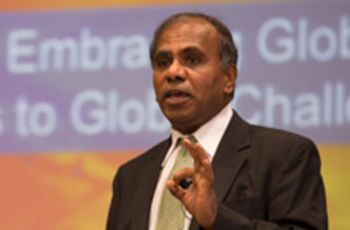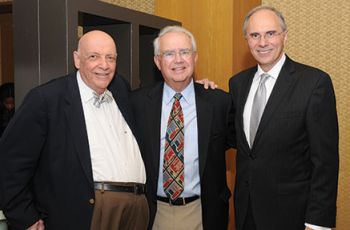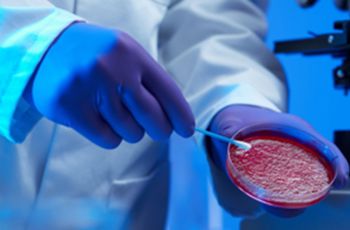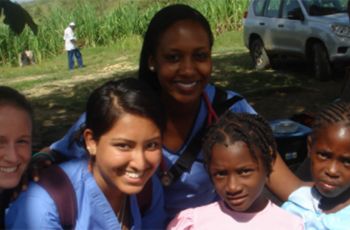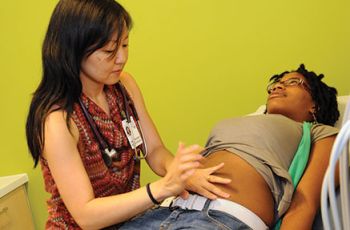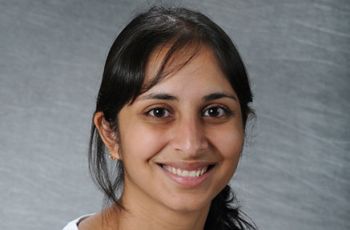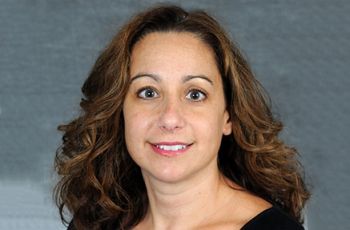Featured News
Science and engineering research is entering a new era where global challenges require global solutions. Subra Suresh, Sc.D., director of the National Science Foundation (NSF), discussed the challenges and opportunities associated with this new era of science and engineering research and…
School of Medicine and Health Sciences Student Interest Group Pairs Medical Students Eager for Experience with Expectant Mothers for Better Outcomes
On the 50th anniversary of the installation of the first Lewis B. Saltz Chair of Surgery, the George Washington University medical community turned out to honor Anton Sidawy, M.D., M.P.H. ’99, on the occasion of his installation as the Lewis B. Saltz Chair of Surgery, Sept. 19.
One out of every 88 children in the United States will develop autism sometime during the first three years of life, according to the Centers for Disease Control and Prevention.
In August, The George Washington University (GW) School of Medicine and Health Sciences (SMHS) received three federally funded research project grants (R01s) and one federally funded cooperative agreement research project grant (U01).
Students, faculty, and alumni from SMHS, the School of Public Health and Health Services, and the School of Nursing saw more than 1,100 patients and treated everything from malnutrition and respiratory issues in children to adults with diabetes, arthritis, and hypertension, during a medical mission…
The 1960s was an era of social change, a time when a number of medical corpsmen were returning home from the Vietnam War searching for a way to re-enter the medical practice arena.
Change can be a good thing, especially at the George Washington University student-run Healthcare, Education, and Active Living Clinic (HEALing Clinic), where new plans are being put in place that promise more than just healing. The clinic is in the process of launching new initiatives, expanding…
For most people it’s not uncommon, after a busy week or a long day of strenuous work or exercise, to fall asleep a little earlier than usual. It’s often a one-time thing and following a good night of sleep they return to their normal routine. For a small segment of the population, however, it’s a…
Marcia Firmani understands the importance of mentorship for budding scientists. During her graduate training at UC Berkeley, Daniel A. Portnoy, Ph.D., a professor of biochemistry, played an influential role in encouraging her dissertation research. “He once told me that there are two kinds of…
